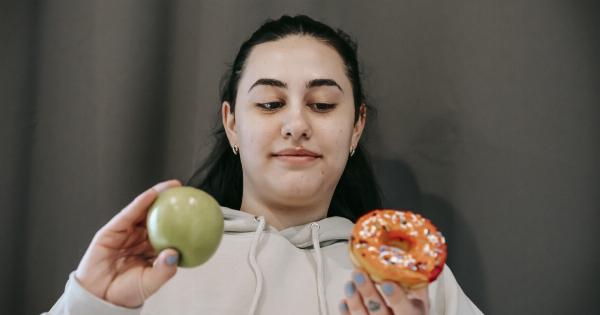Varicose veins are a common condition that affects millions of people around the world. Varicose veins are caused by damaged veins that become twisted and enlarged, and they are most commonly found in the legs.
Varicose veins can be painful, uncomfortable, and often make people self-conscious about their appearance.
What Are the Symptoms of Varicose Veins?
The symptoms of varicose veins can vary from person to person, and some people may have no symptoms at all. However, the most common symptoms of varicose veins are as follows:.
- Pain, aching, or throbbing in the legs
- Swelling in the legs
- Warmth or redness in the affected area
- Itching or burning in the legs
- Cramping in the legs
- Bleeding from the veins
What Are the Causes of Varicose Veins?
Varicose veins are caused by weakened or damaged valves in the veins. These valves are responsible for regulating blood flow and keeping blood flowing in the right direction.
When the valves become damaged, blood can flow back into the veins and pool, causing them to swell and become varicose.
There are several factors that can increase the risk of developing varicose veins, including:.
- Age
- Pregnancy
- Obesity
- Family history
- Sedentary lifestyle or standing or sitting for long periods
- Hormonal changes
- Previous injury or trauma to the legs
What Are the Treatment Options for Varicose Veins?
There are several treatment options for varicose veins, and the choice of treatment depends on the severity and symptoms of the varicose veins.
In the past, the only treatment option was surgery, but advances in technology have led to the development of minimally invasive treatments.
Sclerotherapy
Sclerotherapy is a minimally invasive treatment option for varicose veins that involves injecting a solution into the affected veins. The solution irritates the lining of the veins, causing them to collapse and stick together.
The collapsed veins are then absorbed by the body, and blood flow is redirected to healthy veins.
Laser Treatment
Laser treatment is another minimally invasive treatment option for varicose veins. In this treatment, a laser is used to heat the affected veins, causing them to collapse and seal shut.
The collapsed veins are then absorbed by the body, and blood flow is redirected to healthy veins.
Radiofrequency Ablation
Radiofrequency ablation is a minimally invasive treatment option for varicose veins that uses heat to close off the affected veins. A small probe is inserted into the vein, and radiofrequency energy is used to heat and close off the vein.
The collapsed vein is then absorbed by the body, and blood flow is redirected to healthy veins.
Endovenous Laser Treatment
Endovenous laser treatment is a more advanced form of laser treatment that uses a laser fiber that is inserted into the affected veins. The laser is used to heat and close off the vein, and the collapsed vein is then absorbed by the body.
Microphlebectomy
Microphlebectomy is a minimally invasive surgical procedure that involves using a small incision to remove the affected vein. This procedure is typically used for larger veins that cannot be treated with other methods.
Compression Stockings
Compression stockings are not a treatment for varicose veins, but they can help to alleviate some of the symptoms.
Compression stockings are special stockings that provide extra pressure to the legs, which helps to improve blood flow and reduce swelling.
Conclusion
Varicose veins can be a painful and uncomfortable condition, but there are several minimally invasive treatment options available.
Sclerotherapy, laser treatment, radiofrequency ablation, endovenous laser treatment, and microphlebectomy are all effective treatments for varicose veins that can provide relief from symptoms. Compression stockings can also help to alleviate some of the symptoms associated with varicose veins.





























